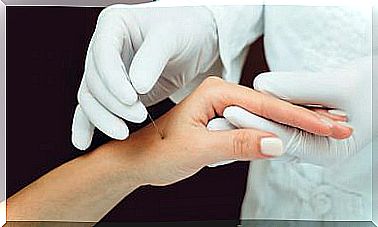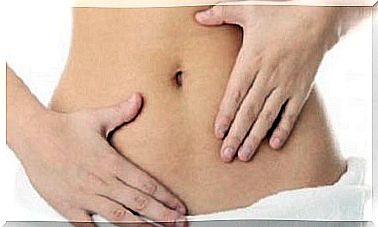6 Hydrotherapy Techniques To Improve Health In A Natural Way
The application of water on the body -in specific points- can contribute to the relief of common discomforts and maximize well-being.
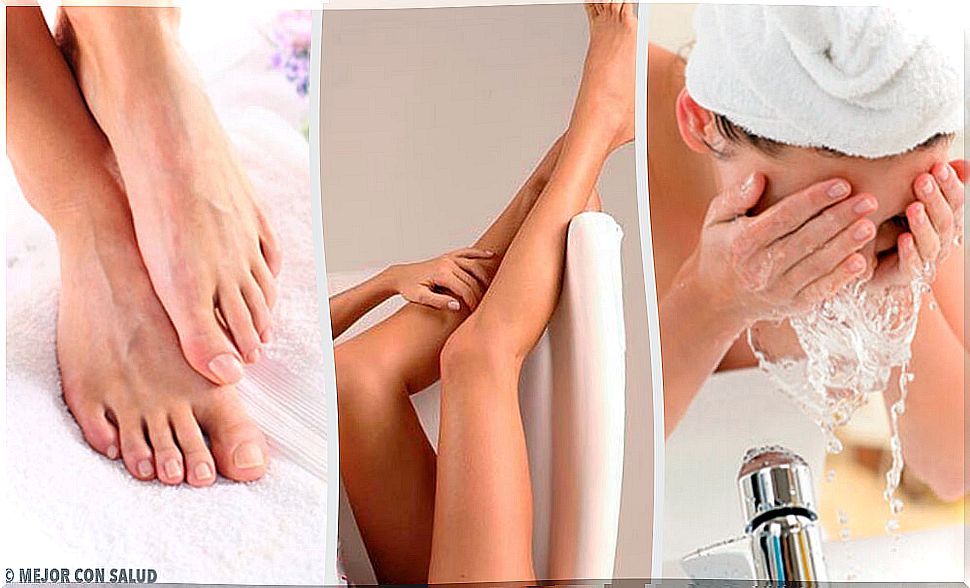
We could define hydrotherapy as that therapy that is based on the application of water on the body, at different temperatures and pressure levels, in order to alleviate ailments. Although it can also be used at any time to increase the feeling of well-being.
There are many ways to apply water, and each is intended to provide a number of general benefits and more specific ones. It is considered that the key to the latter is mainly in its temperature, which can be cold, hot or alternating.
With each temperature and pressure level, different functions of the body are activated that help to obtain relief. For example, with hot water, you can relieve muscle aches and reduce inflammation, while with cooler water you can activate circulation and wake up.
Although there are specialized centers in hydrotherapy, and rooms for this purpose in spas, physiotherapy centers, aesthetics, etc., we can take advantage of some simple techniques at home.
1. Hot water baths for feet
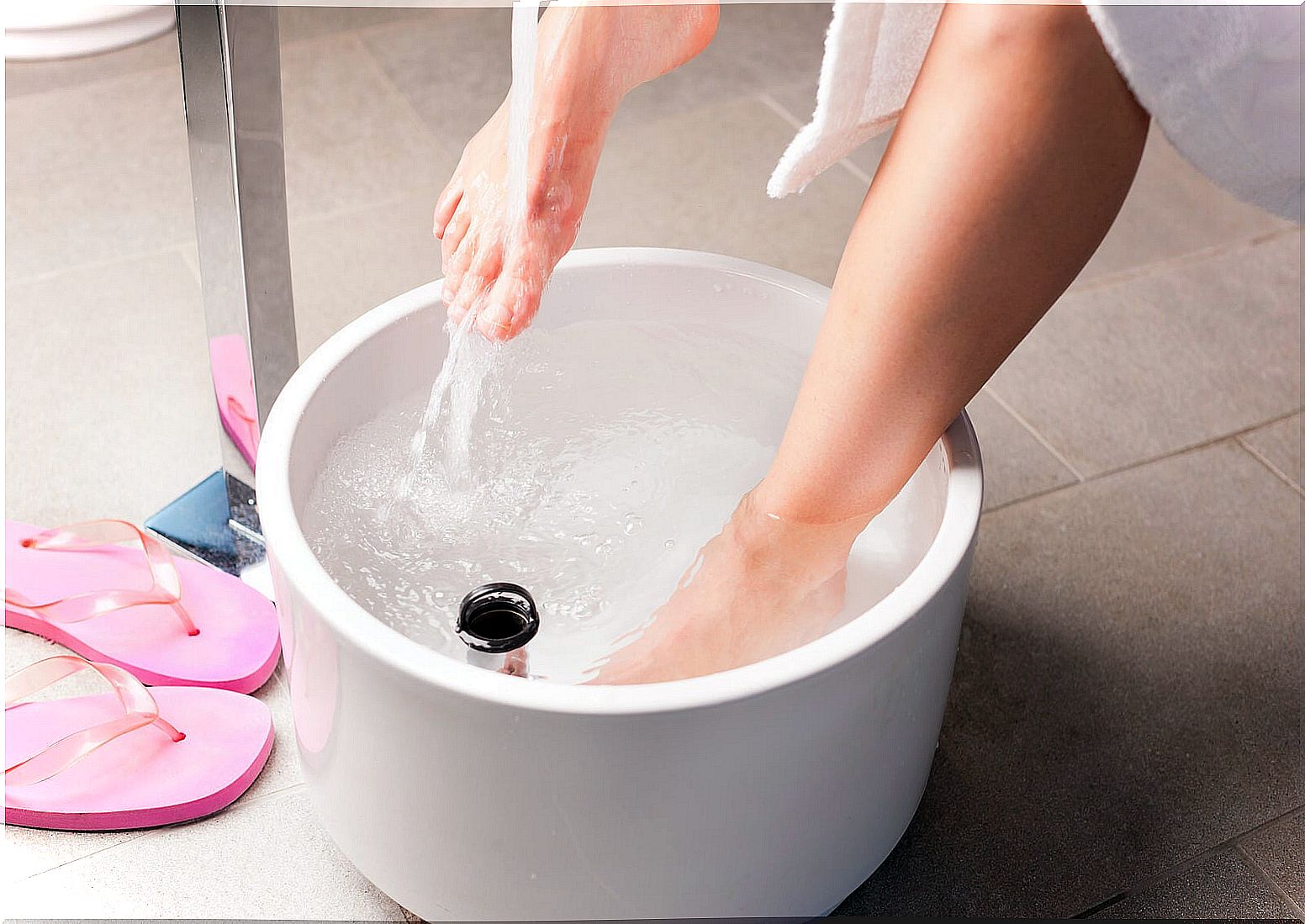
While cold-water foot baths are intended to relieve pain and discomfort caused by footwear during the day, as well as balance body temperature when a heat wave strikes, hot-water foot baths provide other benefits. .
They are ideal for cold days, as they help to warm up, promote blood circulation (due to the vasodilator effect of hot water) and have a certain analgesic effect that is very comforting.
To these baths you can add a tablespoon of chamomile, calendula or dried lavender to enhance the relaxing effects. You could also simply use a few drops of the essential oils of these plants.
2. Alternate leg shower
People who suffer from poor circulation in the legs, who have a tendency to cellulite, fluid retention or varicose veins, can take advantage of and take an alternate shower (with hot and cold water) to obtain relief.
It is advisable to always make an upward journey with the water, first on one leg and then on the other, and always finish with a spray of cold water all over the body before getting out of the shower.
3. Cold water in the eyes, one of the simplest hydrotherapy techniques

Although we don’t usually think of it as hydrotherapy, in a way, it is. Washing your face with fresh water helps to wake up first thing in the morning, but also to alleviate the feeling of fatigue in the middle of the day or mid-afternoon, and at any other time.
Makeup experts recommend washing your face thoroughly with cool or warm water to prepare the skin to receive hydration and, later, makeup.
4. Sitz baths
Sitz baths consist of sitting inside a bucket or container with enough water so that the lower part of the body, from the hips onwards, is submerged.
As MedlinePlus experts explain:
5. Foot bath for asthma
According to popular wisdom, there is a specific type of foot bath to help calm asthma attacks at night.
- In this case, we must do them at increasing temperature; that is, increasing it gradually, but always keeping ourselves within what is bearable.
- We will add increasingly hot water for a time not exceeding ten minutes. The feet will be very red from congestion.
- Finally, they are washed in cold water and wrapped up well.
6. Relaxing bathtub
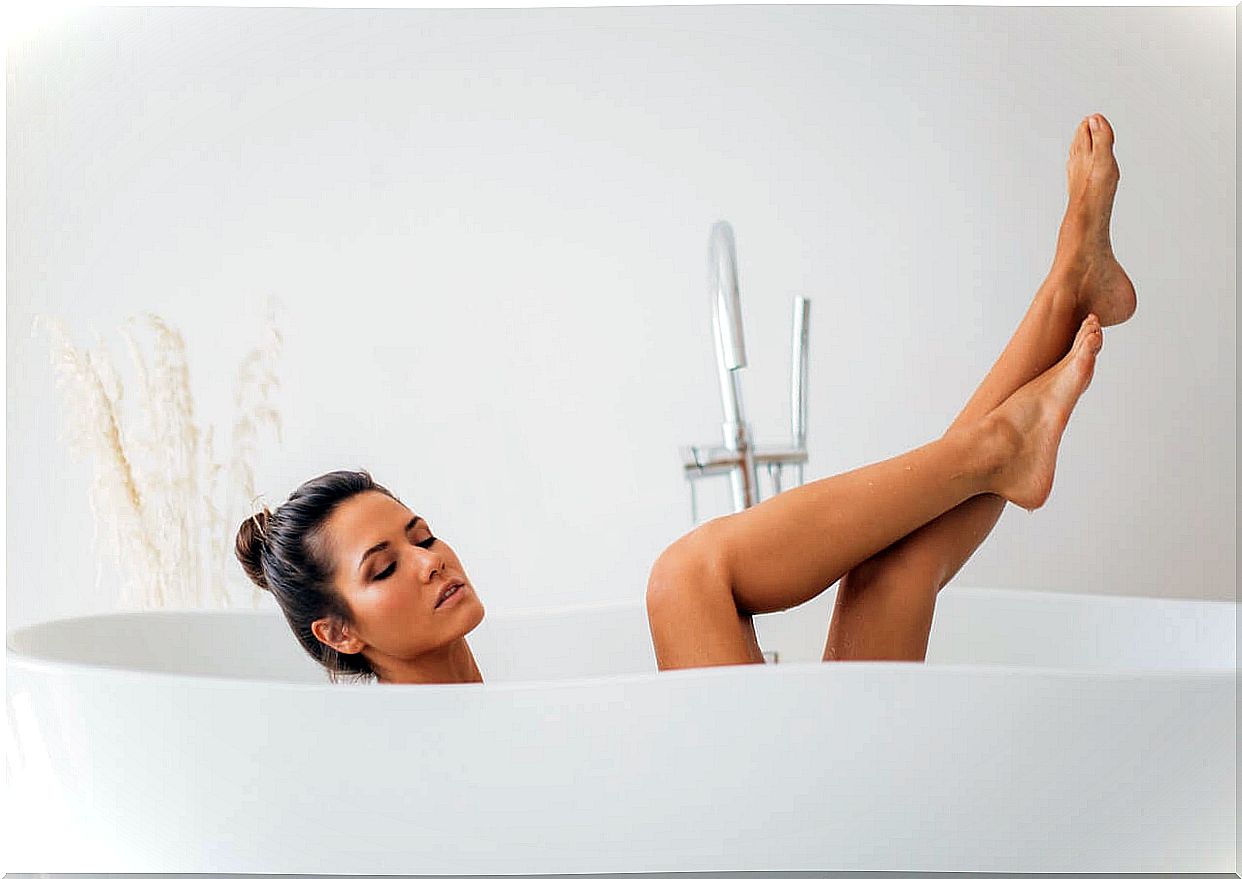
Although the spas offer us relaxing baths of all kinds, at home we can also prepare ourselves, if we have a bathtub, something similar in a simple way.
- We only have to fill the bathtub with hot water, at a bearable temperature.
- Afterwards, we add one hundred grams of magnesium sulfate, which is attributed relaxing and revitalizing properties.
- The relaxing bath, par excellence, has a minimum duration of 20 to 30 minutes.
- When it comes to relaxing, the lighting also influences, which should preferably be dim.
- We can also opt for silence or soft music, as well as a couple of drops of some essential oil (lavender, lemon, orange) that aromatizes the environment.
Hydrotherapy: a valid adjuvant
As various studies explain, hydrotherapy has proven to be a useful adjuvant strategy in many cases. For this reason, it has been used frequently within the field of physiotherapy to promote the relief and healing of various sports injuries and ailments such as those caused by osteoarthritis.
And good? Will you dare to give any of these techniques a try? We hope so, because they can be useful both to alleviate the accumulated tension of the day, and for everything that we have already mentioned.

